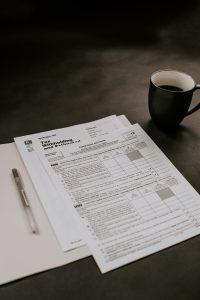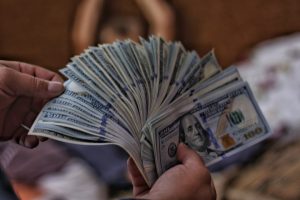Forex trading is a complex and challenging activity that requires knowledge, experience, and discipline. Trading on the foreign exchange market involves buying or selling one currency in exchange for another. The goal is to profit from the fluctuations in the currency market. However, knowing when to trade on forex can be tricky. In this article, we will discuss how to identify the best times to trade on forex.
Understand the Forex Market
Before you start trading on forex, it is essential to understand the market. The forex market is the largest financial market in the world, with a daily turnover of $5.3 trillion. It operates 24 hours a day, five days a week. The forex market is decentralized, meaning that there is no central exchange. Instead, trading happens electronically over-the-counter (OTC) through a global network of banks, corporations, and individuals.
Identify Market Conditions
The forex market is influenced by various factors, including economic data, geopolitical events, and central bank decisions. These factors can cause volatility in the currency market, which creates opportunities for traders. Therefore, it is crucial to identify market conditions that are favorable for trading. The following are some of the market conditions that traders should look for:
1. High liquidity – The forex market is most liquid during the overlap of the European and US trading sessions. This is when the most significant number of traders are active, increasing the liquidity of the market.
2. High volatility – Volatility is the degree of price fluctuation in a currency pair. High volatility provides trading opportunities for traders looking to profit from price movements.
3. Economic data releases – Economic data releases, such as non-farm payrolls, GDP, and inflation, can cause significant fluctuations in the currency market. Traders should keep an eye on the economic calendar to identify potential trading opportunities.
4. Central bank decisions – Central banks, such as the Federal Reserve and the European Central Bank, can influence the currency market through monetary policy decisions. Traders should be aware of any announcements or speeches by central bank officials.
5. Geopolitical events – Political events, such as elections, referendums, and trade wars, can have a significant impact on the currency market. Traders should stay up-to-date with the latest news and events to identify potential trading opportunities.
Use Technical Analysis
Technical analysis is a method of analyzing price charts to identify patterns and trends in the market. Traders use technical analysis to determine when to enter or exit a trade. The following are some of the technical indicators that traders should use to identify trading opportunities:
1. Moving averages – Moving averages are used to identify trends in the market. Traders use moving averages to determine whether the market is trending up or down.
2. Relative Strength Index (RSI) – The RSI is a momentum indicator that measures the strength of a trend. Traders use the RSI to identify overbought or oversold conditions in the market.
3. Bollinger Bands – Bollinger Bands are used to identify volatility in the market. Traders use Bollinger Bands to determine whether the market is ranging or trending.
4. Fibonacci retracements – Fibonacci retracements are used to identify potential support and resistance levels in the market. Traders use Fibonacci retracements to determine where to enter or exit a trade.
Manage Risk
Risk management is an essential aspect of forex trading. Traders should always have a risk management plan in place to protect their trading capital. The following are some of the risk management strategies that traders should use:
1. Use stop-loss orders – A stop-loss order is an order to sell a currency pair when it reaches a specific price level. Traders use stop-loss orders to limit their losses if the market moves against them.
2. Use proper position sizing – Traders should use proper position sizing to ensure that they do not risk too much of their trading capital on any one trade.
3. Use leverage wisely – Leverage can amplify gains or losses in the currency market. Traders should use leverage wisely and not overextend themselves.
Conclusion
Knowing when to trade on forex requires knowledge, experience, and discipline. Traders should understand the market, identify market conditions, use technical analysis, and manage risk to identify trading opportunities. By following these guidelines, traders can increase their chances of success in the currency market.






